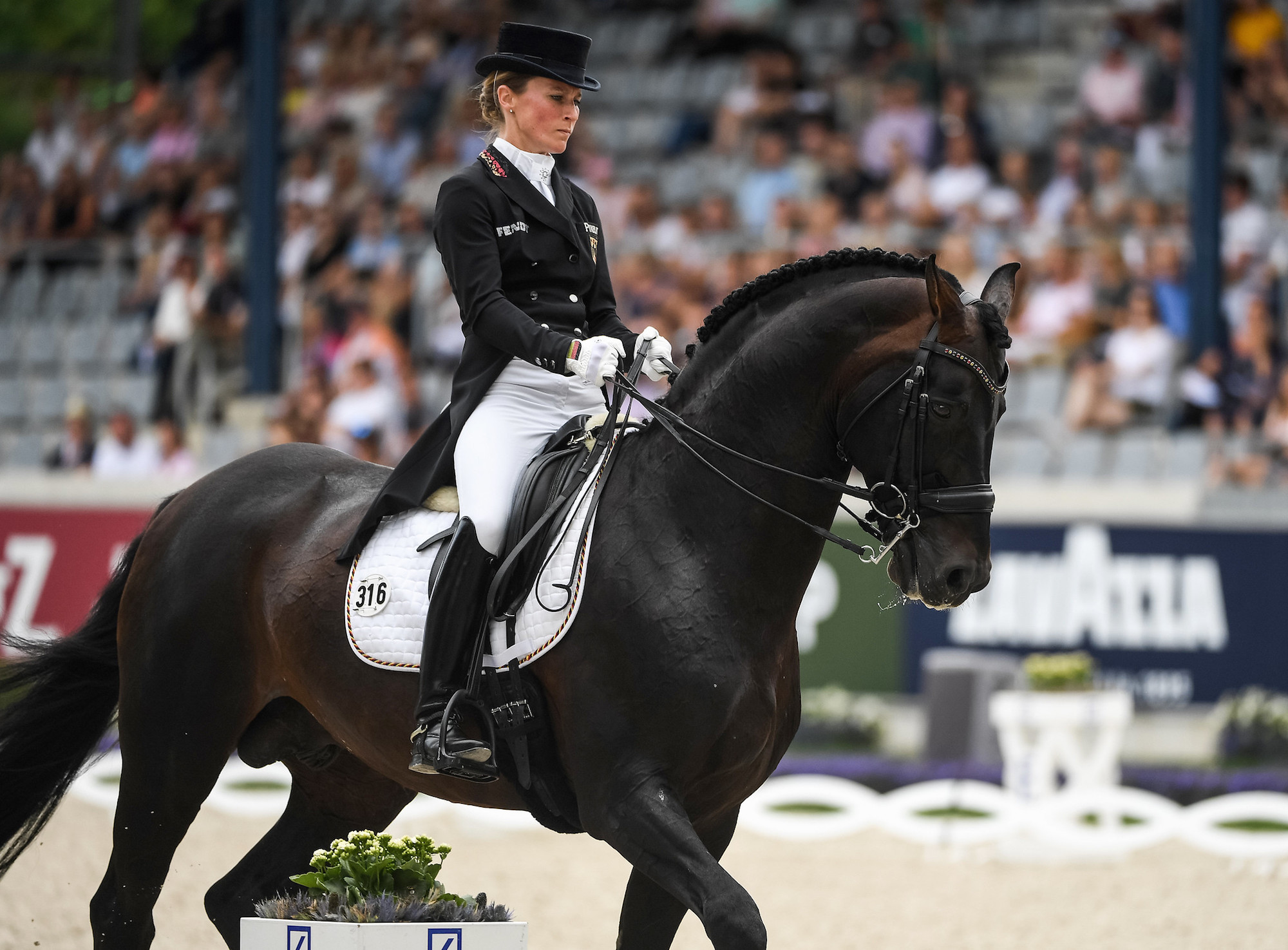Preparing Your Horse for Dressage: A Comprehensive Guide
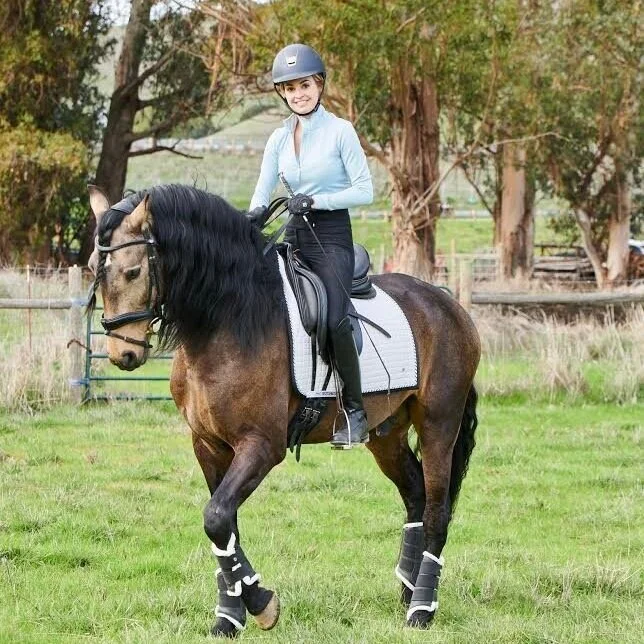
Dressage is often described as the art of horse training, combining precision, grace, and harmony between horse and rider. Preparing your horse for dressage requires careful planning, consistent training, and attention to both physical and mental well-being. This article will guide you through the essential steps to get your horse ready for dressage competitions or practice.
Understanding Dressage
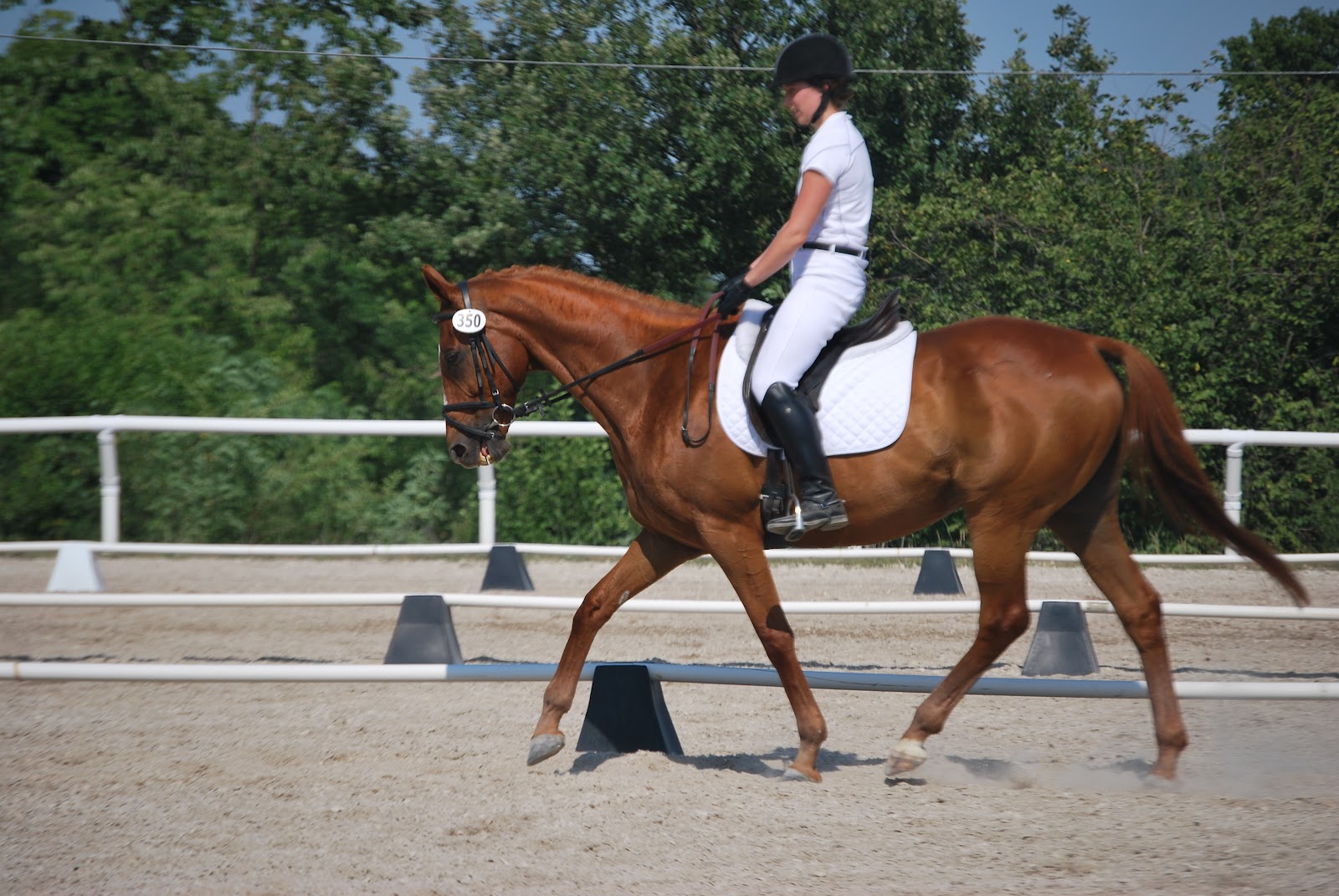
Dressage is a competitive equestrian sport where horse and rider perform a series of predetermined movements, known as “tests,” from memory. These movements demonstrate the horse’s training, flexibility, obedience, and partnership with the rider. Success in dressage depends on the horse’s ability to perform with balance, rhythm, and responsiveness.
Key Components of Preparing Your Horse
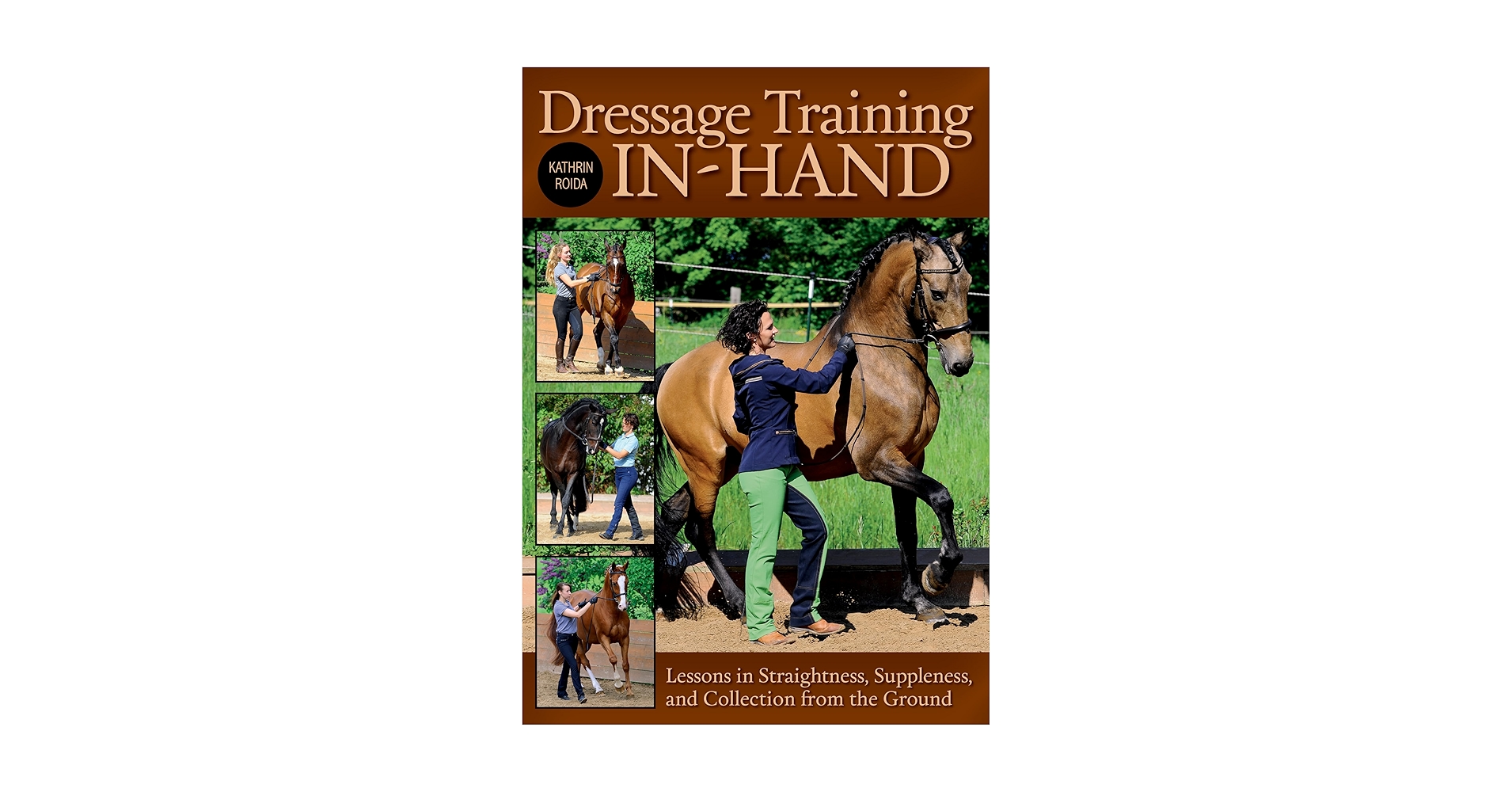
| Component | Description |
|---|---|
| Physical Conditioning | Building strength, stamina, and flexibility through targeted exercises and routines. |
| Mental Preparation | Ensuring the horse is calm, focused, and confident during training and competition. |
| Nutrition | Providing a balanced diet to support energy needs and overall health. |
| Tack and Equipment | Using appropriate, well-fitted tack to ensure comfort and effective communication. |
Step-by-Step Training Plan
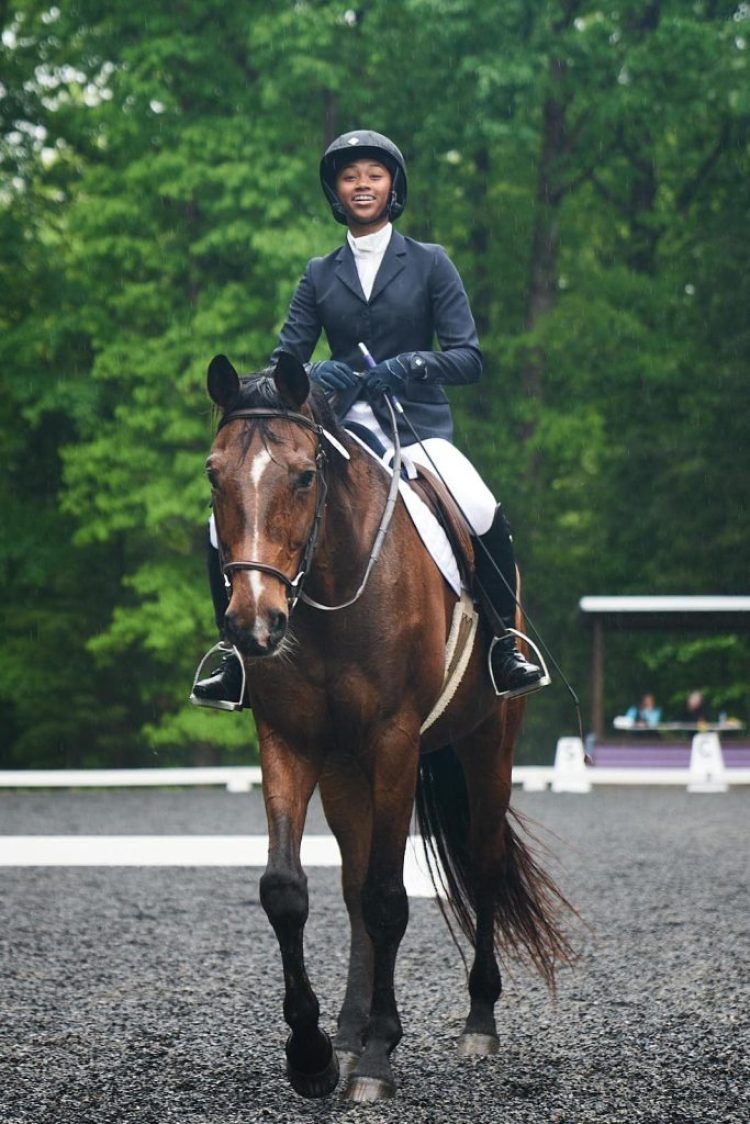
-
Assessment and Goal Setting
- Evaluate your horse’s current fitness and skill level.
- Set realistic goals based on your horse’s abilities and dressage level.
-
Physical Conditioning
- Incorporate exercises that improve muscle tone, flexibility, and cardiovascular health.
- Include lunging, hill work, and varied terrain to build endurance.
-
Basic Dressage Movements
- Start with foundational movements such as walk, trot, and canter transitions.
- Gradually introduce lateral movements like leg yields and shoulder-ins.
-
Mental Conditioning
- Use positive reinforcement to build trust and reduce anxiety.
- Practice in different environments to desensitize your horse to distractions.
-
Regular Health Checks
- Schedule routine veterinary and farrier visits.
- Monitor for signs of stress or injury.
-
Tack Fitting and Equipment Check
- Ensure saddle and bridle fit properly to avoid discomfort.
- Use dressage-specific equipment as needed.
Nutrition Tips for Dressage Horses
- Provide a diet rich in quality forage (hay or pasture).
- Supplement with grains or concentrates as needed for energy.
- Ensure constant access to clean, fresh water.
- Consider vitamin and mineral supplements based on veterinary advice.
Common Challenges and Solutions
| Challenge | Solution |
|---|---|
| Resistance to Training | Break tasks into smaller steps; use patience and consistent cues. |
| Anxiety in New Environments | Gradual exposure; use calming techniques and familiar routines. |
| Physical Fatigue | Adjust training intensity; incorporate rest days and recovery strategies. |
Frequently Asked Questions (FAQ)
Q1: How long does it take to prepare a horse for dressage?
A: Preparation time varies depending on the horse’s age, experience, and fitness but generally ranges from several months to a year for basic levels.
Q2: Can any horse be trained for dressage?
A: Most horses can learn dressage basics, but certain breeds and temperaments may excel more naturally in the sport.
Q3: How important is rider skill in dressage training?
A: Rider skill is crucial as dressage requires subtle communication and harmony; ongoing rider education enhances training effectiveness.
Conclusion
Preparing your horse for dressage is a rewarding journey that combines physical training, mental conditioning, proper nutrition, and attentive care. With patience and dedication, you and your horse can achieve a harmonious partnership that shines in the dressage arena.
